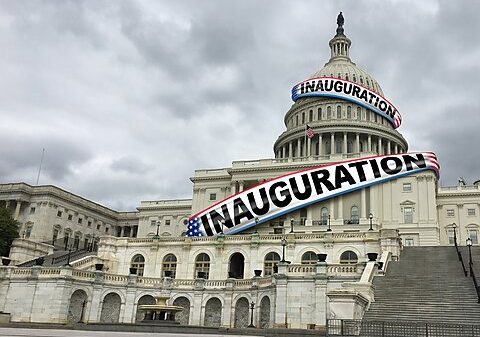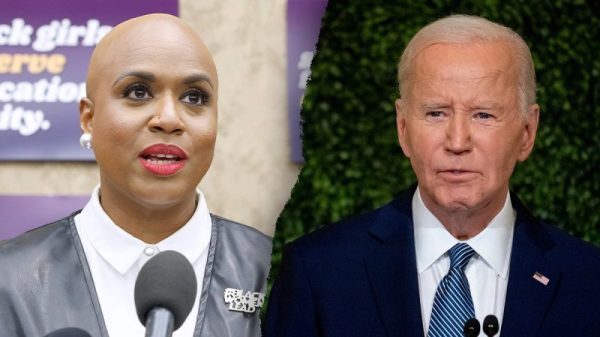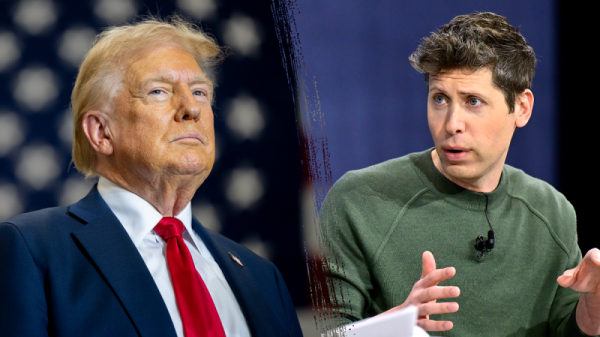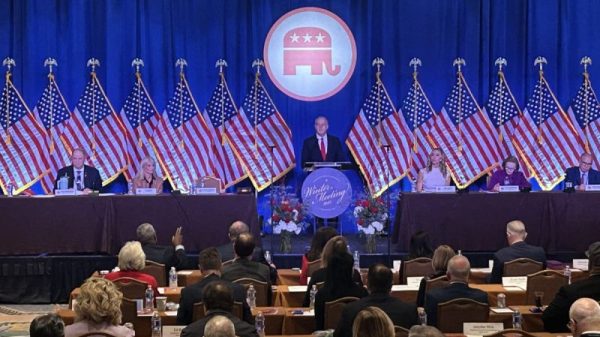Romina Boccia and Dominik Lett
As part of the Cato Institute Report to the Department of Government Efficiency (DOGE), we submitted the following recommendations to address the abuse of emergency designations and advance fiscal responsibility.
Emergency spending is out of control. Congress has designated nearly $12 trillion as emergency-related spending since 1992, circumventing statutory spending limits and enabling inflationary deficit spending. Moreover, reliance on emergency designations and powers is growing, with emergency funds accounting for 12 percent of total budget authority over the past decade. Prior emergency responses, even when unwise, end up justifying future emergency expenditures. This puts the United States in a perpetual state of emergency. Congress and the administration should rein in emergency spending.
Emergency spending surges, such as during the Great Recession and COVID-19 pandemic, are often initiated before the full scope of the emergency is fully understood, exacerbating waste, fraud, and abuse. At least $1 in every $10 of pandemic relief funds was estimated to have been stolen, wasted, or misspent. Furthermore, tens of billions in emergency funds are regularly misused for predictable, nonemergency priorities, such as annual law enforcement salaries. This violates statutory criteria for emergency designations: necessary, sudden, urgent, unforeseen, and temporary.
This erosion of fiscal norms, in which emergency spending is paid for with borrowed funds to be repaid later, undermines the United States’ financial credibility and brings America closer to a fiscal crisis. A more prudent approach to emergencies would be limited, targeted fiscal measures offset with spending cuts to low-priority programs.
The current federal disaster relief system is a bloated mess with a patchwork of agencies that poorly handle overlapping responsibilities. The result is waste and the crowding out of state, local, and private organizations that would otherwise provide for those directly affected by disasters.
Moreover, the existing disaster framework creates a moral hazard by covering any catastrophic costs that arise from living or developing property in high-risk areas, thus shifting the financial risk from property owners to taxpayers. This misalignment of incentives leads to escalating costs and repeated bailouts, undermining disaster preparedness, subsidizing dangerous living patterns, and promoting fiscal irresponsibility.
Congress should do the following:
- Offset emergency spending by establishing a budgetary mechanism requiring any emergency funding be paid for with immediate or future spending cuts over a 5- to 10-year window.
- Raise emergency spending voting thresholds by increasing the number of votes required to waive Senate points of order against emergency designations from three-fifths to three-fourths.
- Restrict presidential emergency declarations to 30 days unless reauthorized by Congress.
- Remove emergency spending from the budget baseline.
- Require legislators to justify how new emergency expenditures meet existing emergency criteria.
- Regularly track and report on emergency spending.
- Rescind any remaining unobligated COVID-19 funding.
- Eliminate the Federal Emergency Management Agency (FEMA). Barring full repeal,
- cut spending, including by ending future spending on disasters that occurred five years in the past or earlier, and
- change the default cost-sharing ratio for FEMA’s Disaster Relief Fund so that states pay for a larger share of the costs of disaster and recovery activities.
- Privatize the National Flood Insurance Program.
- Avoid enacting federal anti–price gouging laws. Allowing prices to adjust in response to changes in market conditions guarantees that goods and services demanded in disaster zones are allocated efficiently to those in greatest need.
- Eliminate the Small Business Administration.
- Eliminate most of the more than 30 federal entities involved in disaster recovery and consolidate only those narrowly defined legitimate federal functions into a single agency.
The president should do the following:
- Direct a government-wide review of all disaster-related programs to identify overlap and eliminate redundant or low-performing initiatives.
- Make National Emergency Act expenditure reports more detailed and publicly available.
- Reject appropriations bills that contain phony emergency designations.
- If the president requests an emergency supplemental package, he should
- justify why each emergency provision meets statutory criteria for emergencies, and
- offer rescissions to offset new emergency expenditures.






























